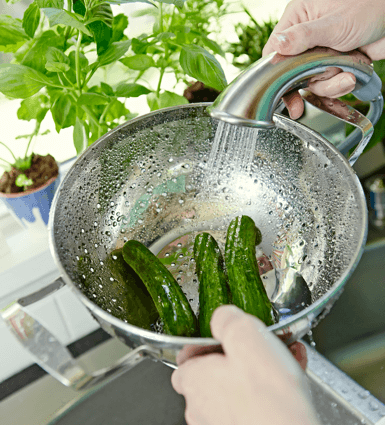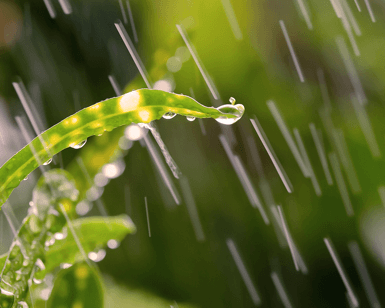As it turns out, only about one percent of the world’s water supply is freshwater. The rest of it is saltwater, which isn’t much use to thirsty people or thirsty plants. Researchers continue to search for affordable ways to desalinate (remove salt and minerals from) seawater, but for now we all have to make do with a finite amount of freshwater. This is becoming increasingly difficult, for two main reasons:
1. A growing global population is increasing demand for freshwater in both direct and indirect ways.
2. The effects of climate change are creating a problematic feedback loop of droughts, water shortages, and excessive water usage. Let’s break down these causes one at a time.





